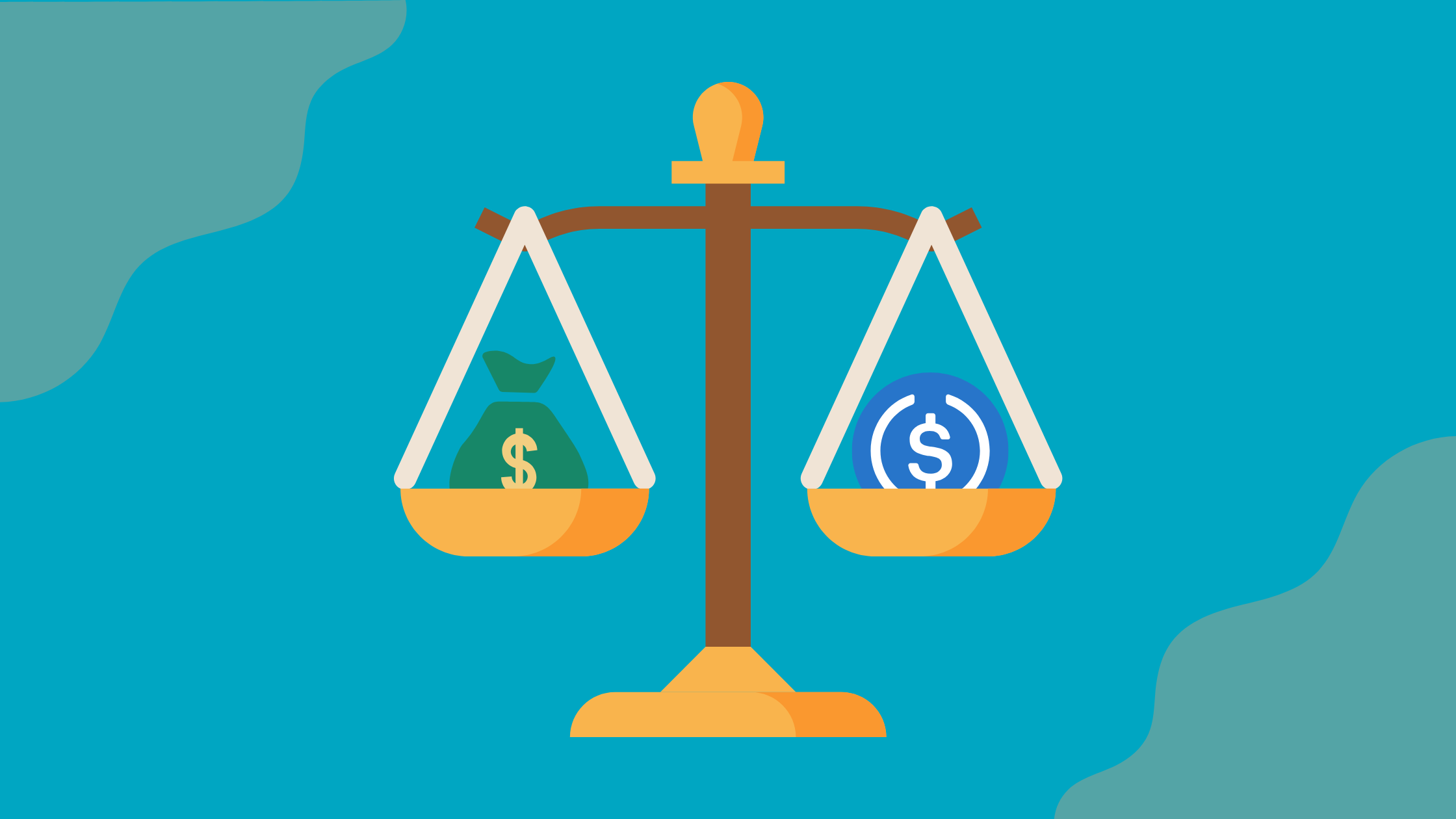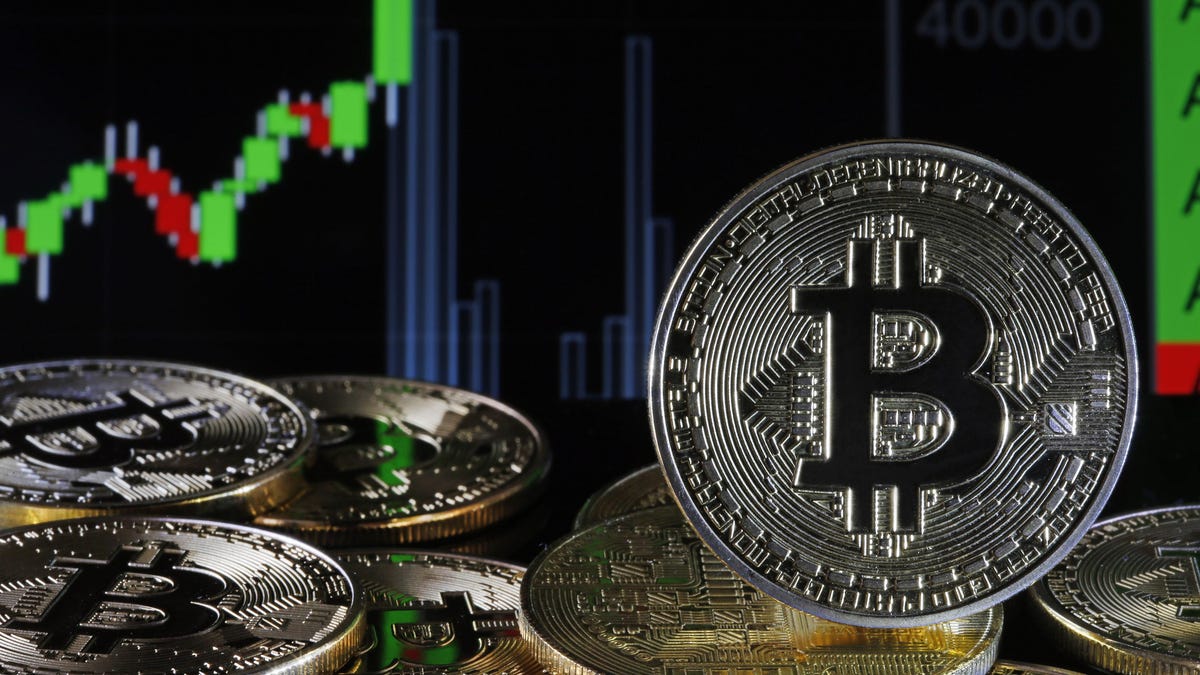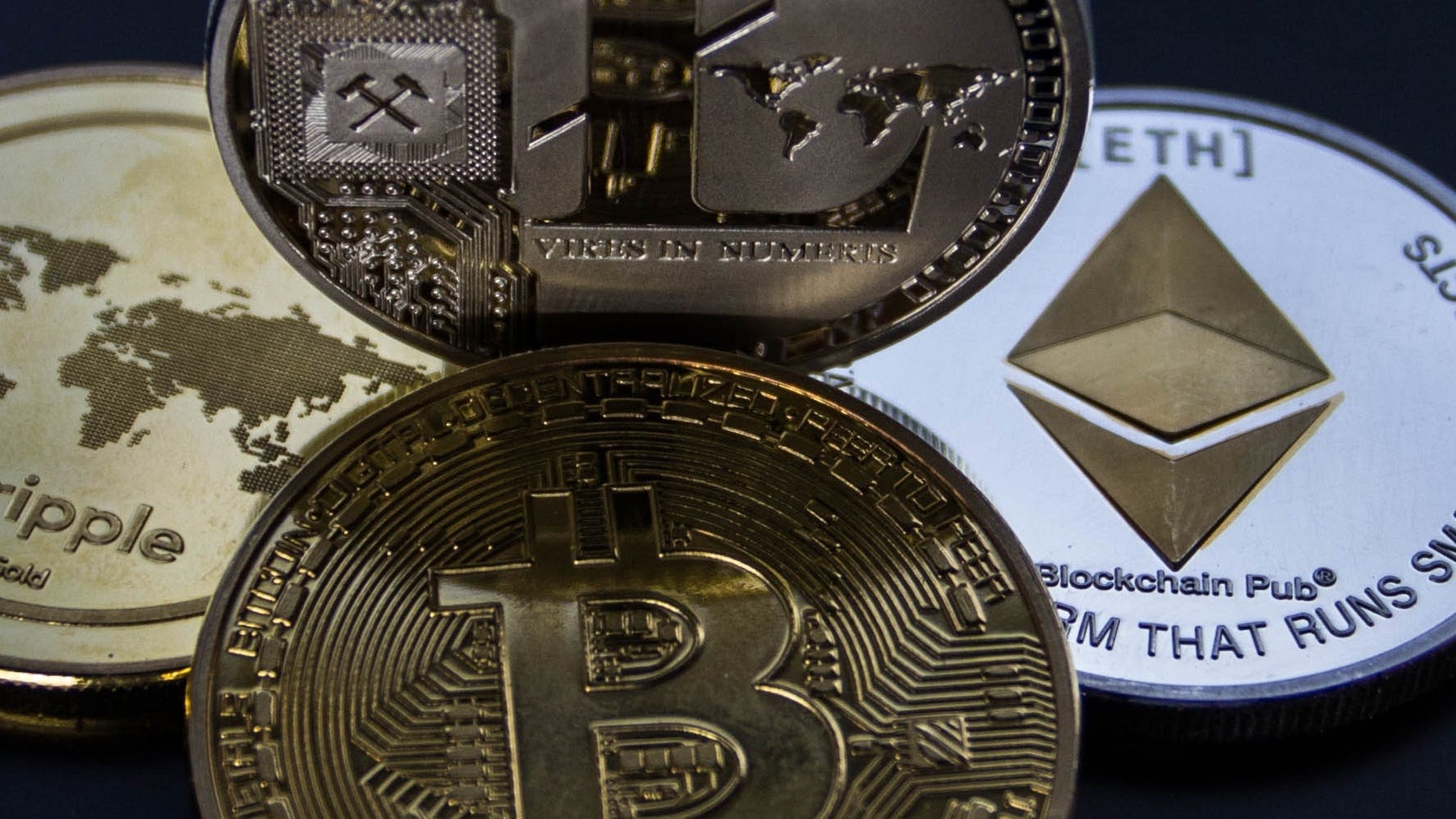Stablecoins have emerged as a popular type of cryptocurrency in recent years, offering a more stable and predictable value compared to other cryptocurrencies. In this article, we will explore what stablecoins are, how they work, and their potential benefits and drawbacks.
What are stablecoins?
Stablecoins are a type of cryptocurrency that are designed to maintain a stable value by being pegged to another asset, such as a fiat currency or a commodity. This provides a more reliable and predictable value compared to other cryptocurrencies, which are known for their volatility.
How do stablecoins work?
Stablecoins work by maintaining a peg to another asset, such as a US dollar or a gram of gold. This is achieved through various mechanisms, such as holding reserves of the pegged asset, using algorithms to adjust supply and demand, or relying on a trusted third party to maintain the peg.
What are the benefits of stablecoins?
Stablecoins offer several potential benefits compared to other cryptocurrencies, such as greater stability, predictability, and lower transaction fees. They also provide a way to use cryptocurrencies for everyday transactions, without the risk of losing value due to price fluctuations.
What are the drawbacks of stablecoins?
Despite their benefits, stablecoins also have several potential drawbacks. They are still relatively new and untested, and their stability may be threatened by factors such as market manipulation, regulatory changes, or technological failures. Additionally, stablecoins may not offer the same potential for price appreciation as other cryptocurrencies.
Examples of stablecoins
There are several different types of stablecoins, each with their own mechanism for maintaining a stable value. Some popular examples include:
- Tether (USDT): A stablecoin pegged to the US dollar, with reserves held in a combination of cash and other assets.
- USD Coin (USDC): Another stablecoin pegged to the US dollar, with reserves held in a mix of cash and short-term US Treasury bonds.
- DAI: A decentralized stablecoin pegged to the US dollar, with its value maintained through a system of collateralized debt positions and autonomous feedback mechanisms.
- Goldcoin (GLC): A stablecoin pegged to the price of gold, with reserves held in physical gold and audited regularly by a third party.
Conclusion
Stablecoins offer a promising solution to the volatility and unpredictability of other cryptocurrencies, by providing a stable and reliable value. However, they also come with potential drawbacks and risks, and it is important for investors to carefully consider these factors before investing in stablecoins. As the market for stablecoins continues to evolve and mature, it will be interesting to see how they are used and adopted in the wider cryptocurrency ecosystem.
See more about Cryptos



